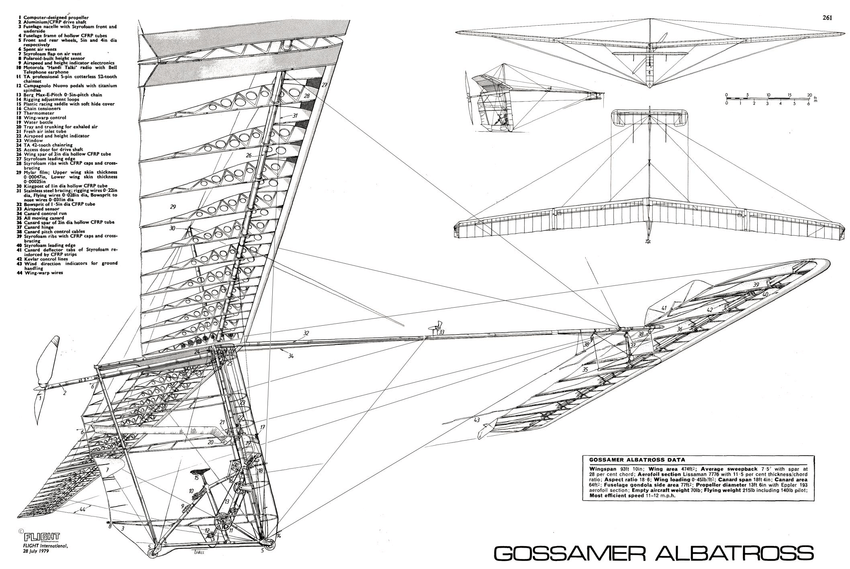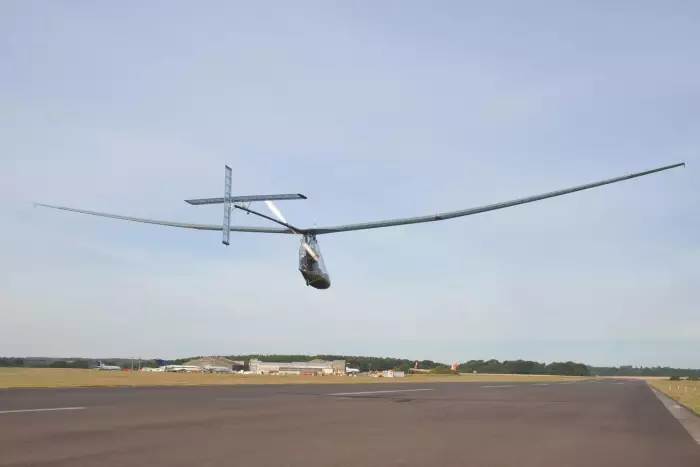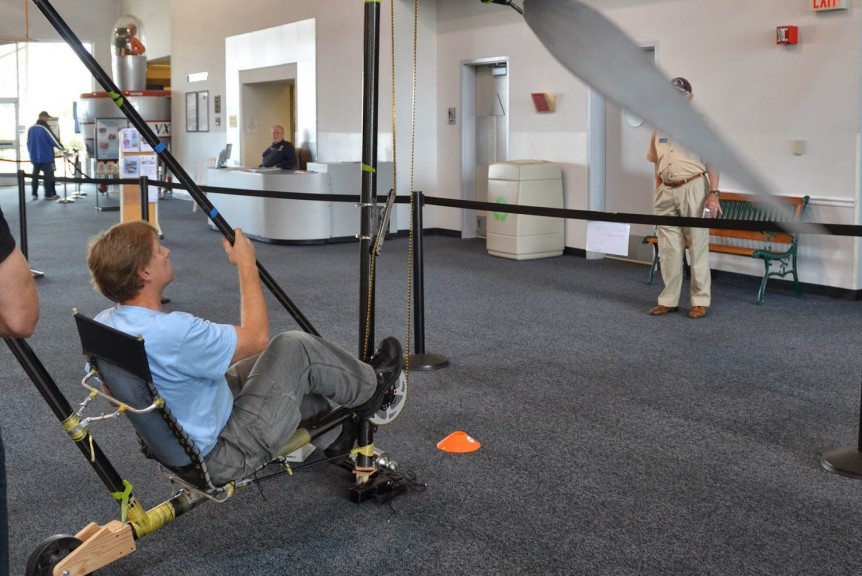A New Crew of Magnificent Men in Their Flying Machines Fred To, former head of the British Human Powered Flying Club, has shared a major announcement. “The Great Human Powered Aircraft Race will take place in June 2022 and is now open for entries. Teams will attempt to cross the Channel from England to France in an aircraft powered solely by the pilot’s pedaling. They will compete for a £50,000 ($68,785) prize awarded to the team that crosses the Channel fastest, with £10,000 ($13,757) for the second fastest team and £5,000 ($6.878) for the fastest female pilot. “The first and only crossing of the Channel in a human powered aircraft (HPA) was 42 years ago by Bryan Allen in the aircraft Gossamer Albatross designed by Paul MacCready; no successful attempts have been made since. Human-powered flying remains one of the world’s most exclusive sports, with more people having flown into space than have flown a human powered aircraft. This is …
Icarus Cup Achieves New Records
Doing more with much less, British pilots at this year’s Icarus Cup follow in Paul MacCready’s aerial path, staging a highly successful weeklong demonstration of human-powered flight. Airplanes that fly on about a quarter-kilowatt for as long as the human battery can operate the pedals are not new, and significant records have been achieved over the years. The British have long been involved, beginning with the 590 meters flight by Derek Piggott on November 9, 1961 in SUMPAC (Southampton University’s Man Powered Aircraft – note the sexist terminology of the day). This was considered the first authenticated takeoff and flight by a human powerplant. He made 40 flights before suffering a crash that damaged a wing. To help foster interest in human-powered flight, The Royal Aeronautical Society formed the Man Powered Aircraft Group in 1959. Henry Kremer, an industrialist, set up the Kremer prize for a figure-of-eight flight around two markers half a mile (~0.8 Km) apart in 1959. It …
An American HPA Takes Flight
Alec Proudfoot made a 233-meter (764-feet), 37-second flight in his DaSH PA (Dead Simple Human-Powered Airplane) on December 4 at Half Moon Bay Airport west of San Francisco. The 33.3 meter (108.27 feet) wingspan (it can be extended to 40 meters, or 131.23 feet) aircraft did well until a weak flange on the vertical tail mount failed. Alec reported his personal state of readiness and some details of the flight in an email to the British Human Powered Flying Club. “…pilot max weight at just above 90 kg (me, out of shape and about 15 lbs. heavier than optimal). “It flew a lot easier than expected (meaning less power required than I thought it would) and handled great. A bit of PIO (pilot-induced oscillation) in the middle of the flight as I sorted out the handling (we slowed the servos way down to avoid moving our delicate control surfaces too fast — but we need to speed them back up …
2015 British Human Powered Flying Club Rally
Human-powered flight is about as green as it gets, although the pilot/powerplant does emit CO2 and some methane during the exercise. A human pilot can put out only about 0.25 to 0.5 horsepower for reasonable periods, with the record holders like Brian Allen flying The 70-lb Gossamer Albatross in its 26-mile cross-channel flight in 2 hours, 49 minutes,.and Olympic cyclist Kanellos Kanellopoulos of Greece flying 71.5 miles between Crete and Santorini in 3 hours, 54 minutes on April 23, 1988. The flight holds the official FAI world records for total distance, straight-line distance, and duration for human-powered aircraft. The British Human Powered Flying Club holds a gathering of the hopeful every year, this year at Lasham Airfield, between London and Winchester. Depending on how one looks at it, only six competitors showed up this year – or amazingly, six competitors who had designed, built, and test flown their craft, showed up this year. Building even a simple airplane is a relatively complex task: dealing with …
A New British Club for HPAs
For the last six decades, the Royal Aeronautical Society (RAeS) has overseen records keeping for human powered aircraft (HPAs). They report, “The Man Powered Aircraft Group of the Royal Aeronautical Society originated in 1959 when the members of the Man Powered Group of the College of Aeronautics at Cranfield were invited to become a group of the Society. Its title was changed from ‘Man’ to ‘Human’ in 1988 in recognition of the many successful flights by woman pilots.” Mr. Henry Kremer turned the wistful dreams of many to serious competition by donating over 275,000 pounds sterling ($440,000 at today’s exchange rates) in prize money for achievements such as flying a figure eight around to markers a half-mile apart and starting and finishing 10 feet above the ground – won by Paul MacCready, the airplane’s designer and Brian Allen, the pilot. The won their 50,000 pound prize on August 23, 1977, and scored a second win on June 12, 1979 by …



